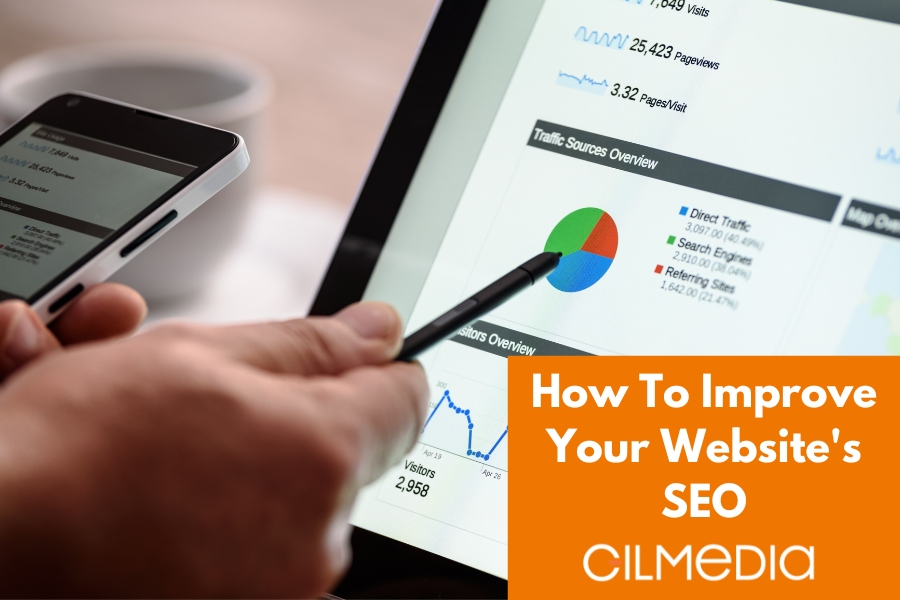Over the years, SEO has evolved into a science of its own, and the truth is, the best way to optimize your website for search engines is to think about the users, no matter what industry you’re a part of. The scope includes everything related to user experience, messaging, images, text, videos, and anything else in between. The minute you start manipulating search engines and taking shortcuts, you’ll eventually suffer the consequences, no matter how successful it may seem initially. Remember, any place worth going to doesn’t have shortcuts.
So how do you optimize your website for SEO? Well, we’ve asked our SEO Toronto experts to give us a quick breakdown of the best and most effective SEO optimization exercises, including some quick tips on measuring them.
Set your goals
The most important rule of starting any SEO effort is to determine your objective. Ask yourself the simple question: “Why?” For example, if you say: I want to rank better on the first page on Google.” The next question you should be asking is: “Why?” Because I want more conversions. And that’s your objective. All your SEO efforts will be to get more conversions, which means you’ll have to optimize your pages, your content and everything else to make it easier for the user to convert. Now let’s dive into the steps you need to take to achieve your goal: evaluating and improving your website.
How to improve your landing pages for SEO
Optimize text
Shoehorning keywords where they don’t belong will not help you. The ineffective practice of overstuffing text with keywords thinking that this will in some way boost SEO is counterproductive and damages your rankings and the way you communicate with your audience. It cannot be emphasized enough that crafting natural, engaging, conversational content is a much more sensible choice. Google understands synonyms, and for you to rank for your keyword, you don’t need to repeat the key phrase multiple times throughout the text. They’ll get it, don’t worry. As Google becomes more intelligent, it can understand semantics and sentence structure.
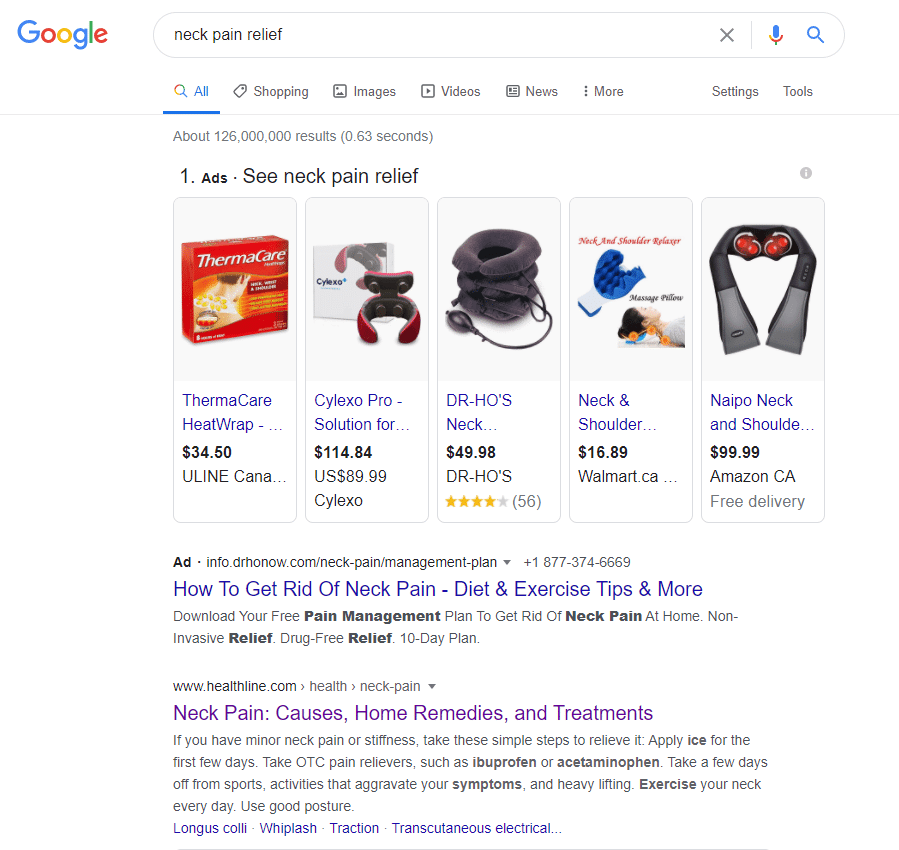
Improve user experience
You must provide your website visitors with the best possible experience to get the best results. Everything from the colour selection to the functionalities of your website must offer a complete journey with no roadblocks or bumps. Do a sweep of your website and review it from a user’s perspective. Is there anything preventing you from completing a purchase? Are the calls to action visible? Would you convert if you were a customer? Maybe your text is too dense, so you need to break it down with bullets. Here are some easy ways to improve landing pages on your website:
Appeal to your audience via text
Recent studies show that you only have a few seconds to convince a user to convert, and they don’t have time to read essays on landing pages. A user will visit your website and quickly scan through it to see whether the content you provide will solve their problem. That’s why it’s so crucial to structure your content well. Here are a few tips on how to get started:
Make the crucial information bigger – Larger text draws attention, so you should structure your content using headings and subheadings when appropriate.
Pay attention to spacing – Don’t be afraid to separate content and break it down into smaller chunks. Divide your content into paragraphs and give them titles based on your structure.
Emphasize the most crucial information – If you have essential information that shouldn’t get lost within the paragraph, add some contrast. You can do this by changing the colour, the direction, choosing different shapes, and so on. Do this for any information that you want the reader to notice while skimming through the content, including for your Calls to Action (CTAs).
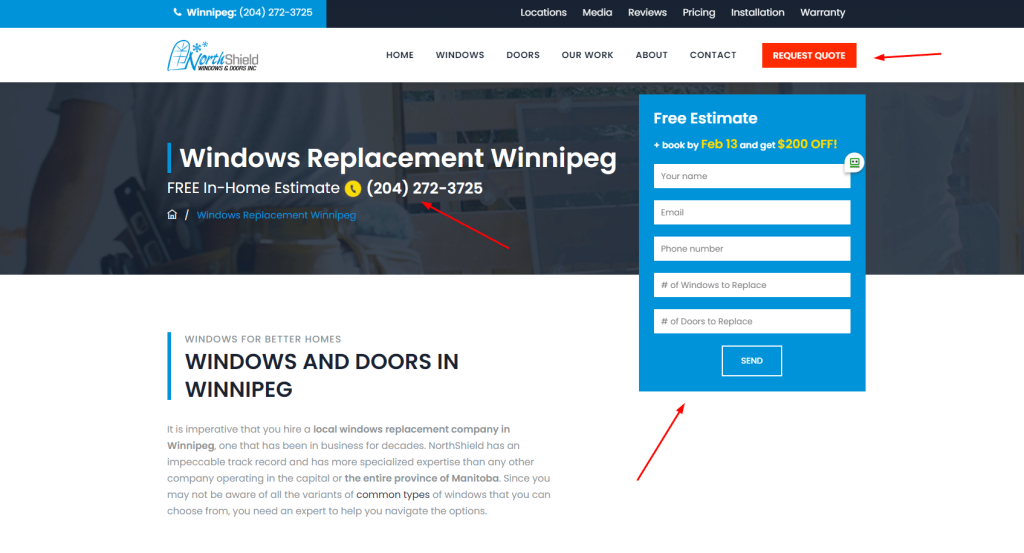
Better design cues
One major thing in user experience is placing visual cues to direct the visitors’ focus to where you want them. Such cues include animations, images, bolder and contrasting colours, etc. Always use the following visual cues for your CTA:
Using the right images
Images are one of the most important tools web designers use to communicate with visitors. They’re excellent for conveying complex ideas and for telling a story. Here are some tips to follow when it comes to images:
Use relevant images: Don’t just add images that serve as pure decorations. Such photos will give no value to users and may even distract them.
Always choose high-quality images: The images you use should never be pixelated or blurry. Also, size them all to fit different platforms and display sizes properly. It is not a good idea to make them too large so that they slow down the loading speed of your website.
Better design cues
One major thing in user experience is placing visual cues to direct the visitors’ focus to where you want them. Such cues include animations, images, bolder and contrasting colours, etc. Always use the following visual cues for your CTA:
Using the right images
Images are one of the most important tools web designers use to communicate with visitors. They’re excellent for conveying complex ideas and for telling a story. Here are some tips to follow when it comes to images:
Use relevant images: Don’t just add images that serve as pure decorations. Such photos will give no value to users and may even distract them.
Always choose high-quality images: The images you use should never be pixelated or blurry. Also, size them all to fit different platforms and display sizes properly. It is not a good idea to make them too large so that they slow down the loading speed of your website.
Website speed and performance
Website speed is one of the most crucial aspects of user experience design. If your website is slow to load, you are missing out on potential revenue, because most users will abandon a site that takes more than three seconds to load. Here’s what you should do:
You can easily find numerous website speed tests online. For example, the Google Page Speed Insights tool will show you how your site performs in terms of speed, along with suggestions to improve them for both mobile and desktop.
Better mobile experience
According to recent data, mobile accounts for 50% of all web browsing. That’s why it is critical to have a razor-sharp mobile website. It only takes a few simple tricks to improve your website’s mobile version significantly. For example:
- Use smaller images
- Break down text into meaningful and coherent sections
- Avoid excessive and heavy text
- Put the content that is most important at the top
- Have a search bar available
- Make sure your CTAs are clickable and not too small for the mouse
- Keep fonts large and readable.
- Make sure your website is fully scalable for any device size since mobile devices come in various shapes and sizes these days
Practical Guide to On-Page SEO
Now that we’ve covered the most essential highlights of user experience, here are some tips to improve and evaluate your SEO. The main point of Search Engine Optimization is to have users find you when they type in a search on Google or any other search engine. Numerous factors affect your website’s ranking. One of them is, of course, user experience. Other significant factors include:
- It is important to write good meta descriptions and titles to grab the reader’s attention. Keep your meta titles and descriptions clear and concise. Use emojis to make them stand out. For example, out of the two results for the search term: “custom home builders,” which title will grab your attention first?
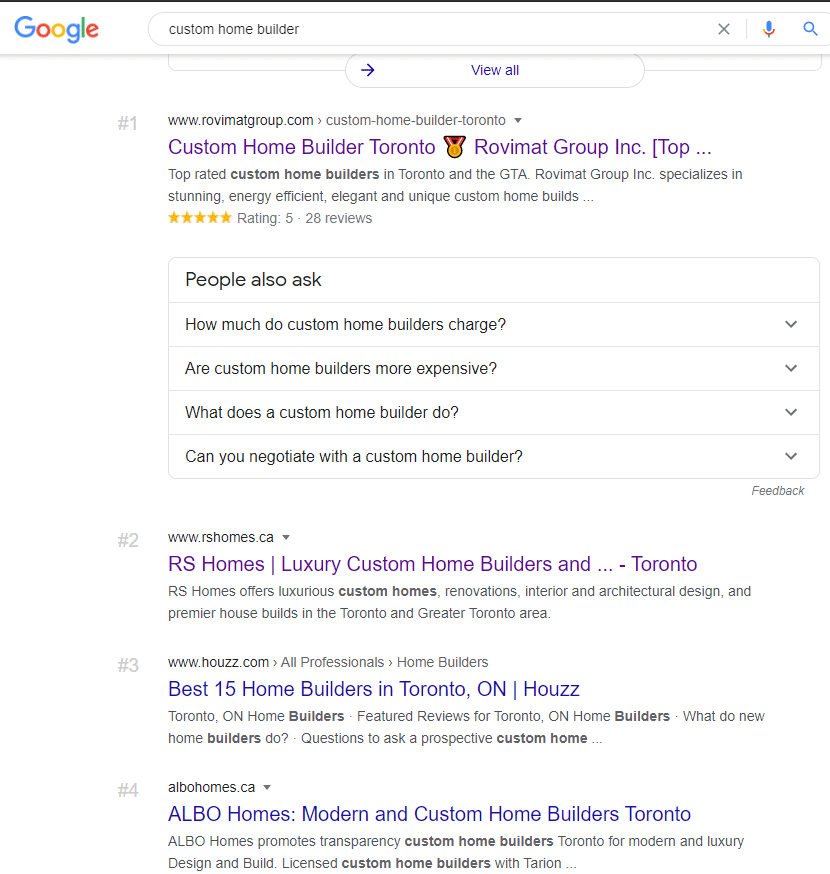
One of the best tools for optimizing your meta titles and descriptions is Yoast. This SEO plugin will assist you in crafting your meta titles and descriptions and making sure they aren’t too short or too long. It will also give you some helpful tips on keyword density and optimizing your content to make it more search-engine friendly.
Eliminate errors from Google’s point of view
Problems such as crawling issues, broken links or slow loading speed can severely affect your website’s ranking on search engines. Google Search Console is one of the best and most effective tools you can use to help you identify potential problems and eliminate them quickly. For example:
It will show your traffic statistics for your website
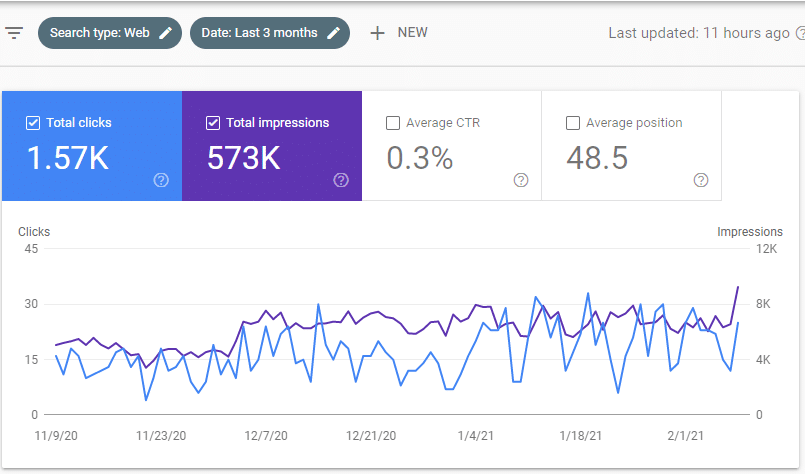
It will help you determine potential performance problems
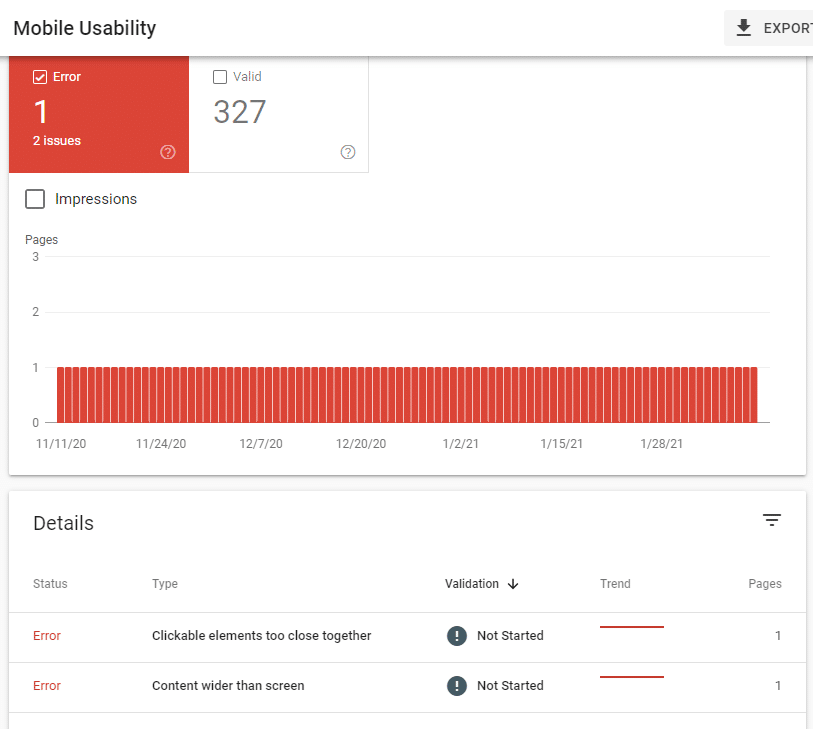
- Keyword optimization and research Choosing the right keywords is essential for SEO. Make sure you’ve narrowed down your keywords and that your content is relevant to those particular terms. One bulletproof way to do that is to put yourself in the users’ shoes. What solution are you providing to them and how would they search for it online? URLs Keeping your URLs short, sweet, and to the point is a no-brainer. Also, they should include your keyword. Your URLs will improve your rankings in search results and they will make your URLs more memorable and significantly impact how a user perceives your site. Links that are too long look like spam and usually are for that matter.Use alt tags and name images properly Image optimization doesn’t just refer to proper sizing and making sure the size doesn’t slow down your website. People usually forget how important alt tags and image titles are. Make sure that every image has a proper title and alt description so that Google’s crawlers can identify their relevance to the content on the page.
Final Thoughts
Even though SEO can be quite complex, there are many things you can do to improve it. However, one thing you need to keep in mind is that success does not happen overnight, but rather over time. If you want to see results, it usually takes a couple of months, and any promise that it will happen quickly should raise a red flag. We’ve shown you a few ways to evaluate your website and possibly improve its performance.
If you need help getting better results for your website, Gilmedia is here to help. Give us a call at (647) 478-5858 to start getting healthy organic results and get more from organic traffic.


